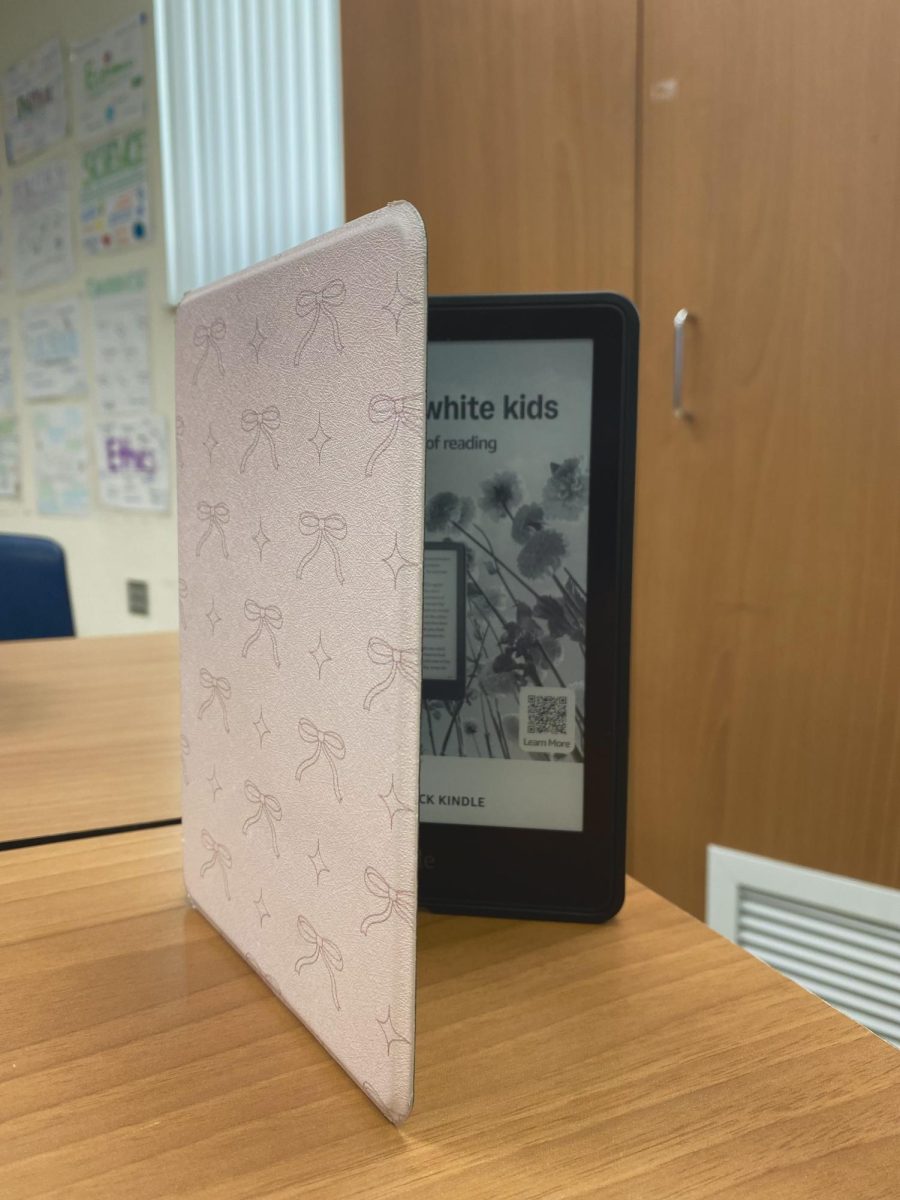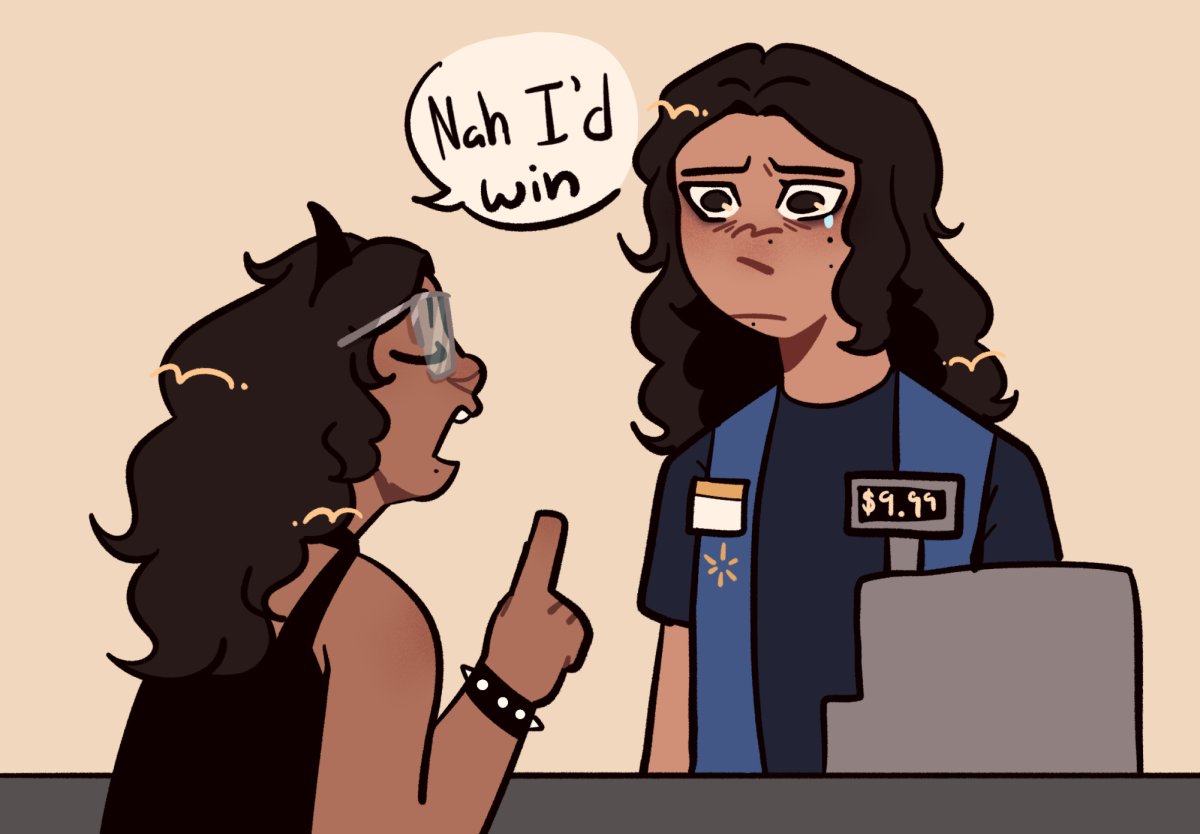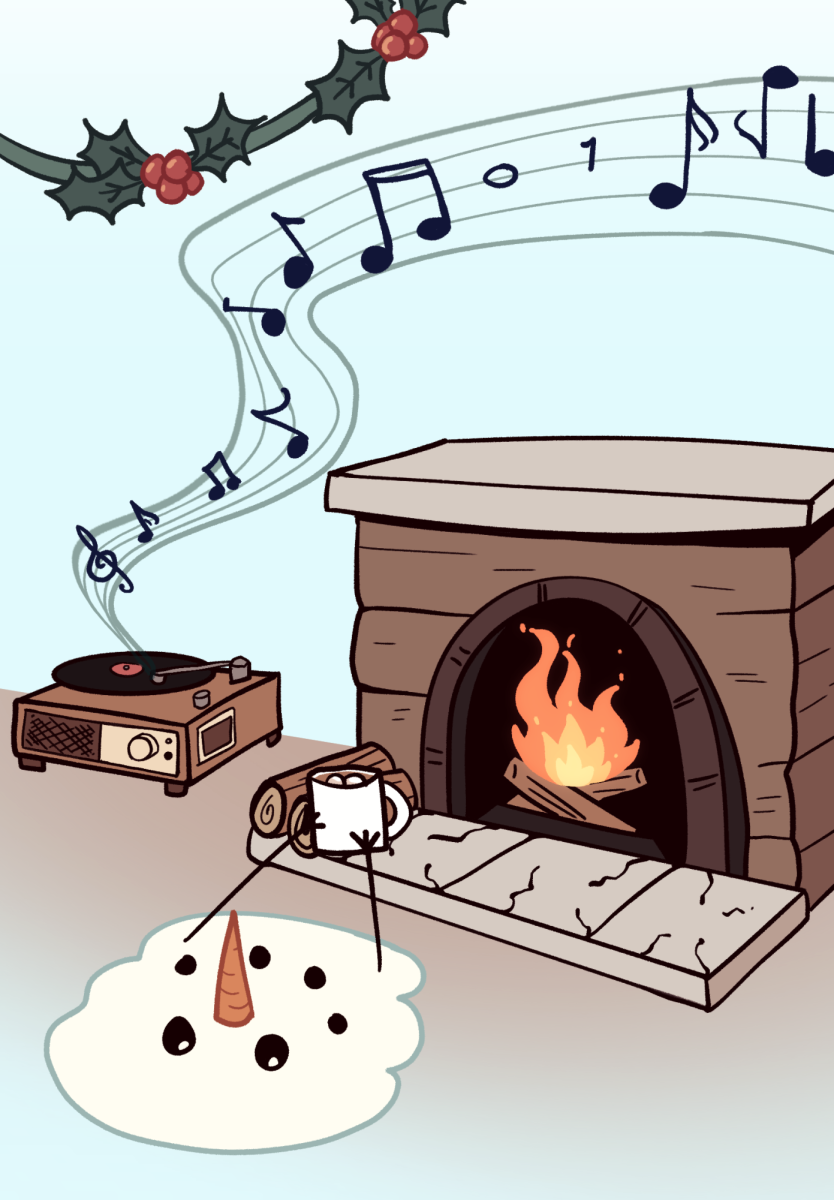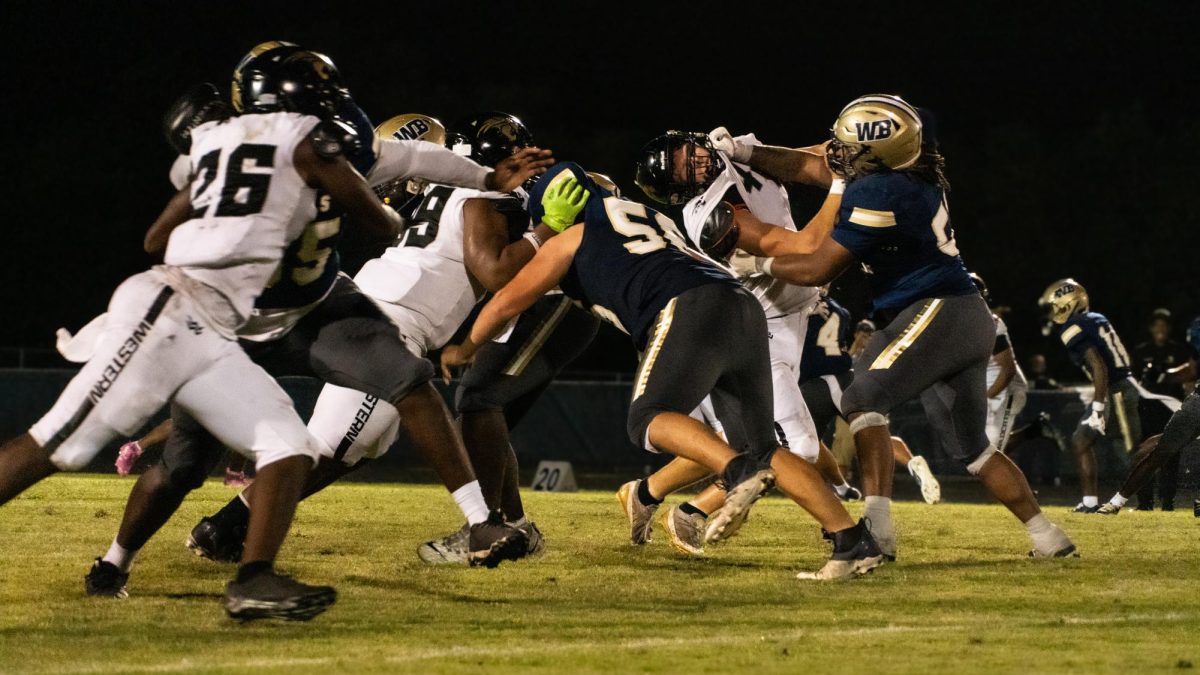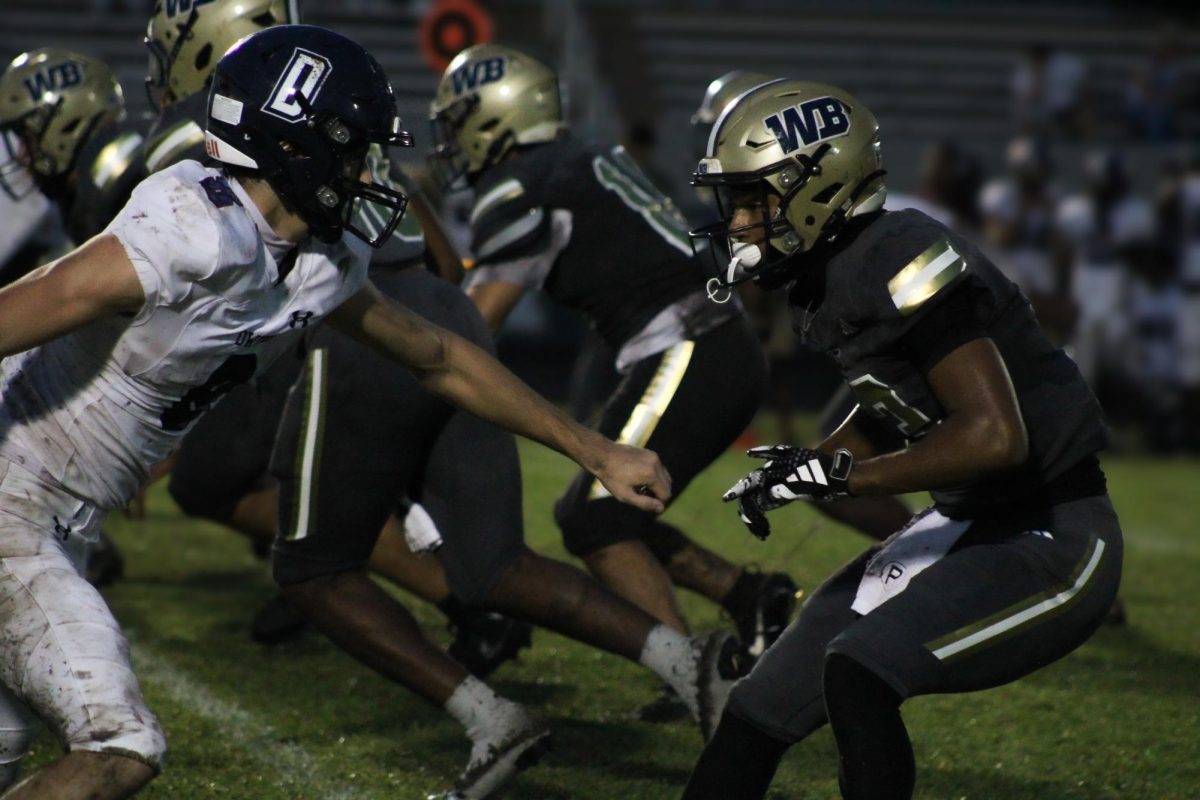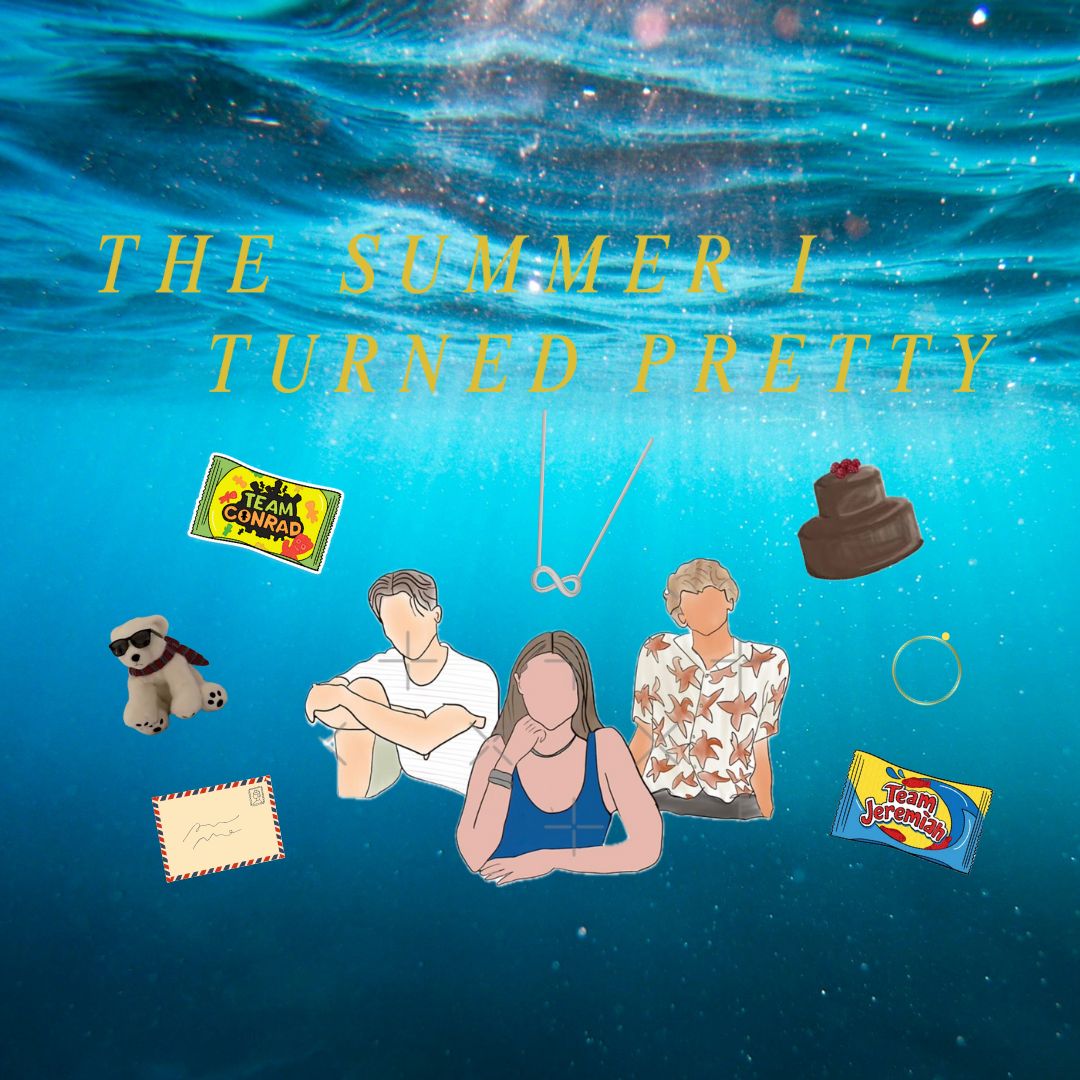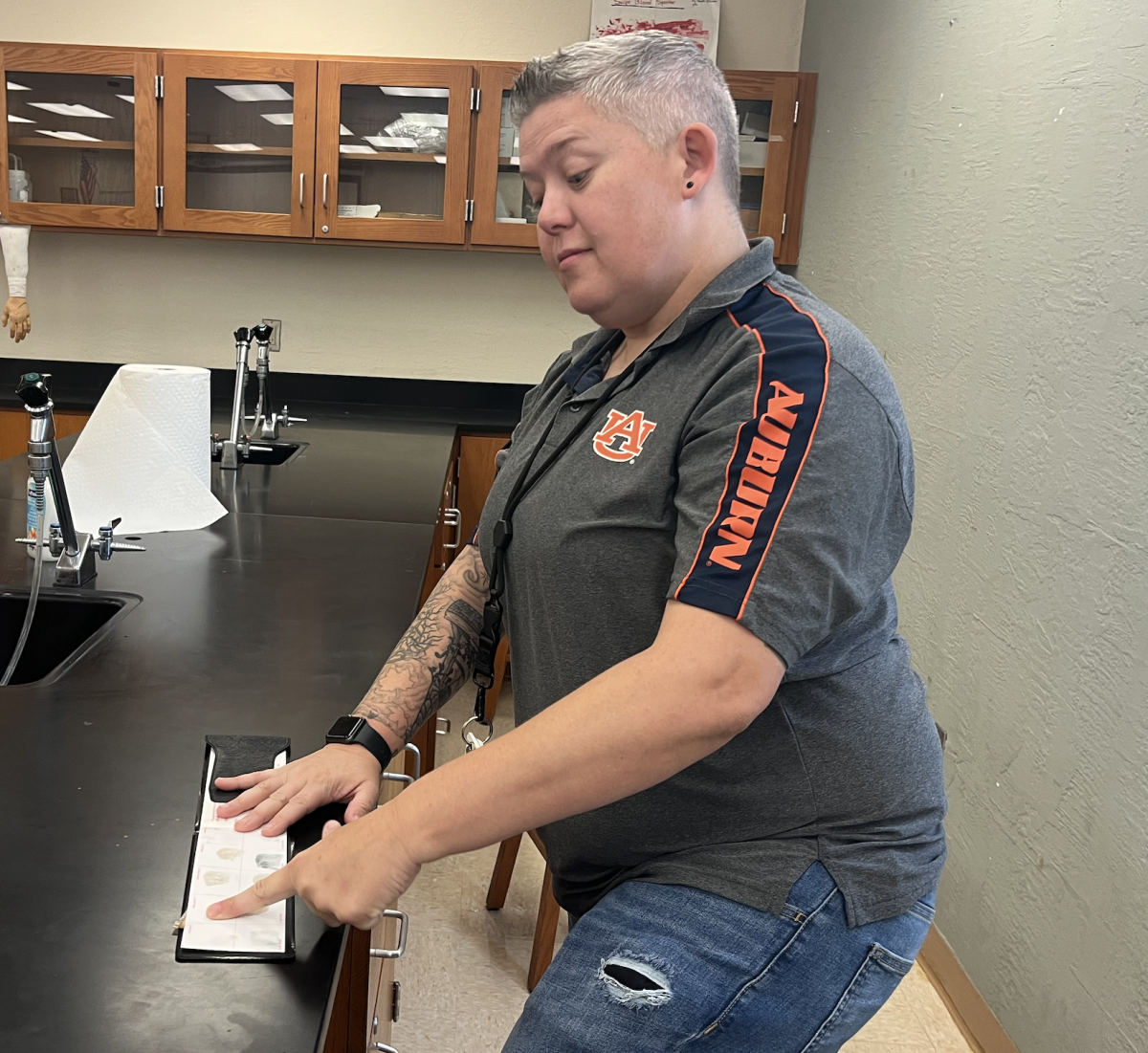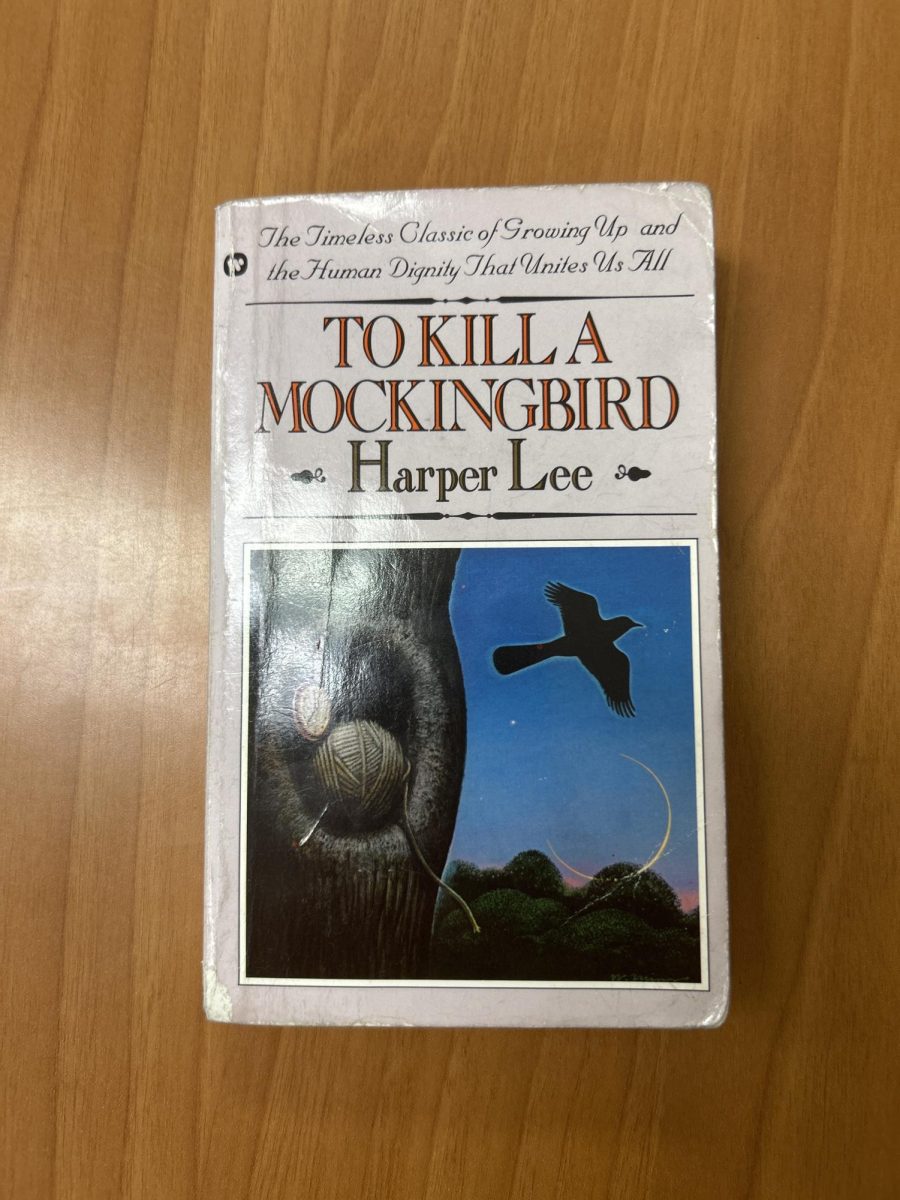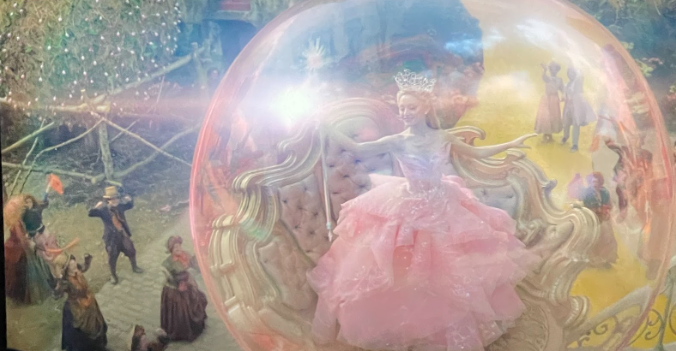To Kill a Mockingbird was written from the point of view of Scout. Scout is nine years old at the end of the book, so you are looking at things largely through the point of view of a child. Yet, Harper Lee does a fantastic job of introducing many alternate viewpoints, including those of adults. Such as the viewpoints of Scout’s father, Attius Finch, her older brother, Jem, her cousin Dill, and the people of Maycomb County Alabama (where the story takes place). The main plot of the book is focused on Atticus defending a black man who is accused of committing a crime against a white woman. Through this scenario, Harper Lee depicts what that would have meant in this time period. In other words, the man did not have a chance in terms of being treated fairly. This dynamic in the book is particularly interesting because it shows the motivations of this young woman for accusing Tom Robinson, who is the man on trial. The book humanizes her in a way that offers the reader multiple ways of viewing her and the situation presented in the book.
This book doesn’t just address the issue of racism. It addresses subjects such as the unfair treatment of children, the trials of growing up for the main characters, and the unfair expectations of women. For example, adults, such as Scout’s teachers, are very dismissive to the children introduced in this book. Children are allowed to be disciplined by other people than their parents, which is something that Scout experiences multiple times. On the subject of women, Scout is treated as if there is something wrong with her because she does not want to wear dresses and wants to run around with her brother and cousin Dill.
To Kill a Mockingbird, shows how deeply prejudice affects children, through Scout, Jem, and Dill’s reactions to the trial. For example, how early prejudice can manifest in children. There is a point during the trial that Scout and Dill´s different perspectives on Black people and how they should be treated show, and conflict with each other. This is a prime example of the effect that prejudice has on children. I think that the many injustices shown in this book are more impactful because they are shown through the eyes of children. These children´s innocence is taken, to a degree, from this experience. To Kill a Mockingbird really makes a point of showing prejudice as the poison it is, and what evil actions were taken due to it.
Harper Lee is a fantastic writer. Each character´s voice is unique, as are the voices of the other characters. She really tells a well rounded story that paints a full picture. What I mean by this is, she fully develops the characters in addition to the trial of Tom Robinson going on in the background. Reading this book is a very immersive experience. Harper Lee really makes you care about each of the characters and subtly adds moral questions to the story. Such as the one with Tom Robinson´s accuser.
I feel that I benefited greatly from reading To Kill a Mockingbird. This book has been controversial since the time it came out. In my personal opinion, that is ludicrous. Everyone in America should read this book. This book tells many uncomfortable truths, of which I believe every American should hear. This is a window into a period in this country’s history that we have to contend with despite the fact that this country has made incredible progress since the 1930s, the time period that To Kill a Mockingbird was set in. One of the controversies over this book is it´s use of the N-word. Personally, I think that the word is ugly and has an ugly history. This word is uncomfortable to hear or read, but the argument could be made that there should be a level of discomfort when absorbing this subject matter. This word and this whole book represents a time in history that we cannot forget.







